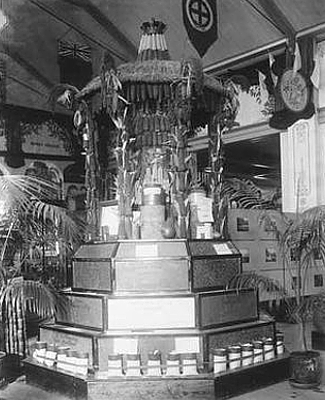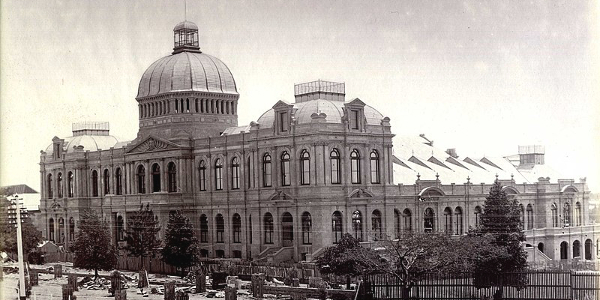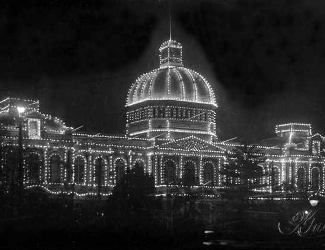Quick List Info

Dates Open - June 21, 1887 to January 7, 1888 (closing ceremony). Open 172 days. Newspaper reports state that the exhibition was open additional days to January 17 while the exhibits were dismantled.
Attendance - 789,074 total attendance.
International Participants - 26 Nations and Colonies.
Total Cost - Some secondary reports state L66,000.
Site Acreage - 18.5 acres.
Sanction and Type - Prior to sanctioning by the Bureau of International Exhibitions. Would be considered a Special category Recognized event today due to size and participation like those on the 2-3, 7-8 years of a decade.
Ticket Cost - There were daily tickets and season tickets. Cost of entry at end of exhibition was 1s.
Photo top center: Postcard of the Adelaide Jubilee International Exhibition Building, 1910. Courtesy City of Adelaide via Flikr. Column Top: Cereal Trophy from New South Wales, Main Hall, North Terrace, 1887-8. Courtesy Pinterest. Bottom: Main Building, circa 1887-1888, Original source unknown. Courtesy Pinterest.

Other Histories of World's Fairs to Check Out











